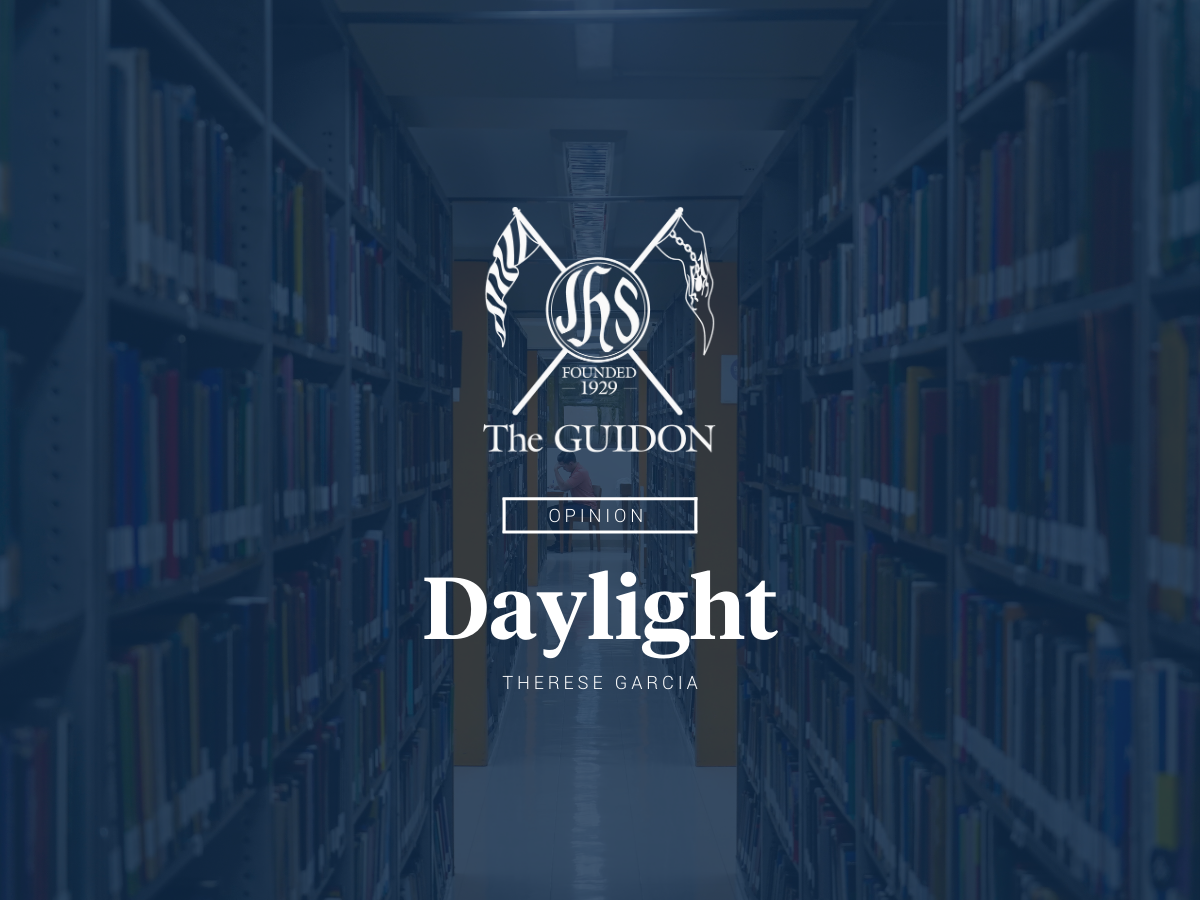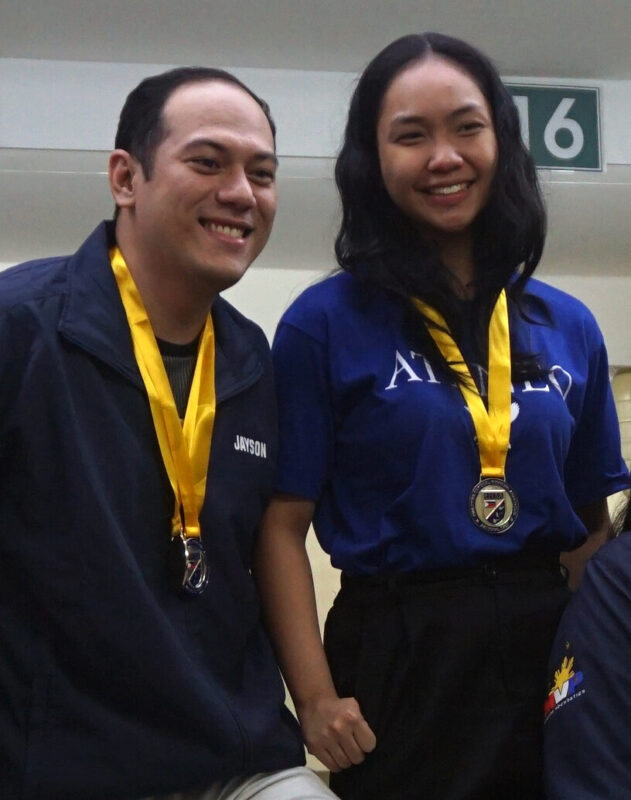WHILE MUCH of my fondest memories with my childhood friend Leah* revolved around playing tagu-taguan in the sweltering urban heat and creating an imaginary kitchen out of makeshift pans, I will never forget that a significant chunk of my childhood was spent tutoring her.
We would sit on small plastic footstools after the end of every day, munching on chips and juice while she would enumerate all the homework she had to do for the day. I would attempt to explain multiplication tables and basic grammar rules to her on a regular basis while juggling my responsibilities as a fifth grader (which, at the time, was mainly understanding my own Math homework and looking after my pets on Pet Society).
It would seem like a fairly easy task for someone who has gone through all the Math, Science, and English lessons that Leah was learning at that moment—except that it sounded harder than it seems. The assignments given to her were based on lessons that were not thoroughly taught by her teachers, eventually making it difficult for her to accomplish the homework handed to her.
Exacerbating this concern was how her teachers barely corrected their students’ errors, providing insufficient focus on their educational development. Even if the students turned in assignments incorrectly done—if they were actually done at all—and logging in more absences than presences, teachers would simply promote them all to the next grade level.
While this practice certainly does not leave any student behind in the previous level, it is simply unfair to the children. They set aside time to complete homework and make an effort to attend classes in the hopes of learning something that will aid them in their later years. However, allowing them to move onto another grade level without picking up anything just puts them at a disadvantage. This practice is practically like setting them up for failure. Moreover, many of the teachers in such academic institutions are underpaid and overworked, handling more students than what could be most effective and conducive.
Mass promotion in public schools has definitely made an impact on the lives of those who graduate under this system—at least, that was what Leah had undergone. Although she is now a third-year student at a local college, she has expressed struggles in basic English syntax and grammar. Some of her projects require her to submit Microsoft Word documents, but she finds it extremely difficult to navigate the program.
As much as we wish the contrary to be true, Leah’s narrative is not an isolated case. She is just one out of the many students whose intellectual development has been severely hampered by the nation’s educational system. Countless students continue to suffer the deeply-rooted systemic inefficiencies plaguing our public schools, exacerbated by a grave lack of conducive learning facilities.
Within the four walls of the classroom, all students—whether they are from a public or private academic institution—more or less have the same goal: to gain knowledge that will help them advance in life and in their careers. However, it is as if the public education system was designed in such a way that learners are kept in the dark with all the things they actually need to know. The odds are stacked against them because it was made to do so.
Leah and I are both nearing the end of our college years, but I hope that the next generations will experience a system that lifts them up instead of pulling them down. If the education system ensures that learning is student-centered, only then can we ensure every student has a fair shot at success—and we can truly say that no student is left behind.
*Editor’s Note: The name has been changed at their request to protect their identity and privacy.
Therese is a senior majoring in Restaurant Entrepreneurship expecting to graduate in 2024. Aside from her love for food and writing, she’s extremely passionate about all things pop culture.
Editor’s Note: The views and opinions expressed by the opinion writer do not necessarily state or reflect those of the publication.







